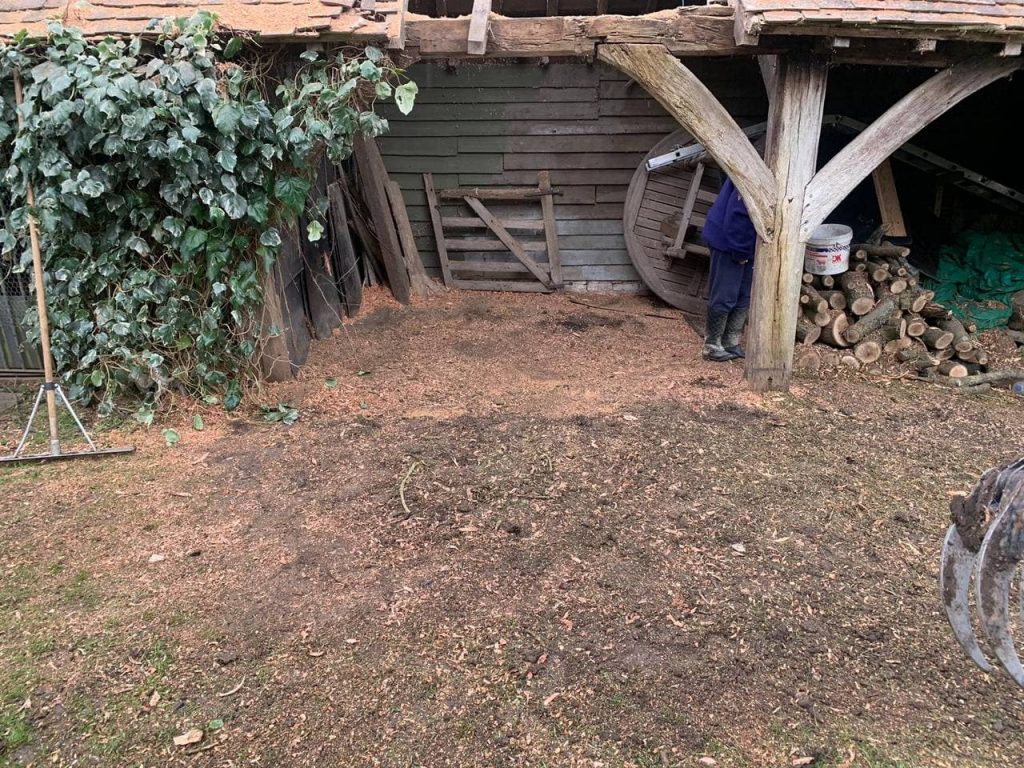Introduction: Windbreak hedges play a crucial role in protecting properties and gardens from harsh winds, reducing noise pollution, and providing privacy. At Ashford Tree Care, we understand the importance of maintaining these hedges to ensure they remain effective and aesthetically pleasing. Here, we share expert techniques for cutting windbreak hedges that will help you achieve the best results.
Understanding Windbreak Hedges
Windbreak hedges are typically composed of dense, sturdy plants that can withstand strong winds. Common species used include beech, hawthorn, privet, and yew. These hedges are strategically placed to create a barrier against prevailing winds, thus protecting gardens, crops, and structures.
The Importance of Regular Cutting
Regular cutting of windbreak hedges is essential for several reasons:
- Maintaining Density: Regular trimming encourages the hedge to grow thicker, providing better wind protection.
- Health and Vigour: Cutting helps remove dead or diseased branches, promoting the overall health of the hedge.
- Shape and Structure: Regular maintenance keeps the hedge in the desired shape, ensuring it remains effective as a windbreak and visually appealing.
Best Times for Cutting
The timing of hedge cutting can significantly impact its health and effectiveness:
- Late Winter to Early Spring: Cutting during this period allows the hedge to recover and grow during the growing season.
- Late Summer: A second trim in late summer helps maintain shape and density before the dormant season.
Avoid cutting during nesting season (March to August) to protect wildlife.
Essential Tools for Hedge Cutting
Having the right tools can make the job easier and more effective:
- Hedge Trimmers: Electric or petrol-powered trimmers are ideal for large hedges.
- Hand Shears: These are useful for precise cutting and small sections.
- Loppers: For cutting thicker branches.
- Pruning Saw: This is used to remove larger, older branches.
- Safety Gear: Gloves, safety goggles, and sturdy footwear are essential for safe hedge cutting.
Techniques for Cutting Windbreak Hedges
- Top-Down Approach:
- Start by trimming the top of the hedge to the desired height.
- Use a string line or stakes with a taut line to ensure a straight cut.
- Tapered Sides:
- Trim the sides at a slight angle, wider at the base and narrower at the top. This allows sunlight to reach the lower branches, promoting even growth.
- Feathering:
- Cut back the outer growth slightly more than the inner branches. This technique helps maintain a dense, wind-resistant structure.
- Staggered Cuts:
- Avoid cutting all branches to the same length. Instead, stagger the cuts to create a natural, feathered look that enhances wind resistance.
- Removing Dead Wood:
- Regularly inspect the hedge and remove any dead, diseased, or damaged branches. This promotes healthy growth and prevents the spread of disease.
- Thin Out Dense Sections:
- Occasionally, thin out overly dense sections to improve air circulation and light penetration. This helps maintain the hedge’s health and prevent disease.
- Shaping:
- Keep the overall shape of the hedge consistent with your landscape design. Regular shaping ensures the hedge remains an effective windbreak and enhances the aesthetic appeal of your garden.
Post-Cutting Care
After cutting, it’s important to care for your hedge to ensure it remains healthy:
- Watering: Water the hedge during dry periods to support recovery and growth.
- Feeding: Apply a balanced fertiliser in spring to promote vigorous growth.
- Mulching: Mulch around the base of the hedge to retain moisture and suppress weeds.
Conclusion: Proper hedge-cutting techniques are essential for maintaining the effectiveness and appearance of windbreak hedges. By following these expert tips from Ashford Tree Care, you can ensure your hedges remain healthy, dense, and well-shaped, providing optimal protection and enhancing your landscape.
Call us on: 01233 542 901
Click here to find out more about Ashford Tree Care
Click here to complete our contact form and see how we can help you with your tree’s needs.
